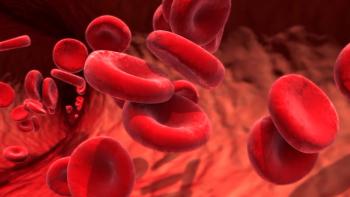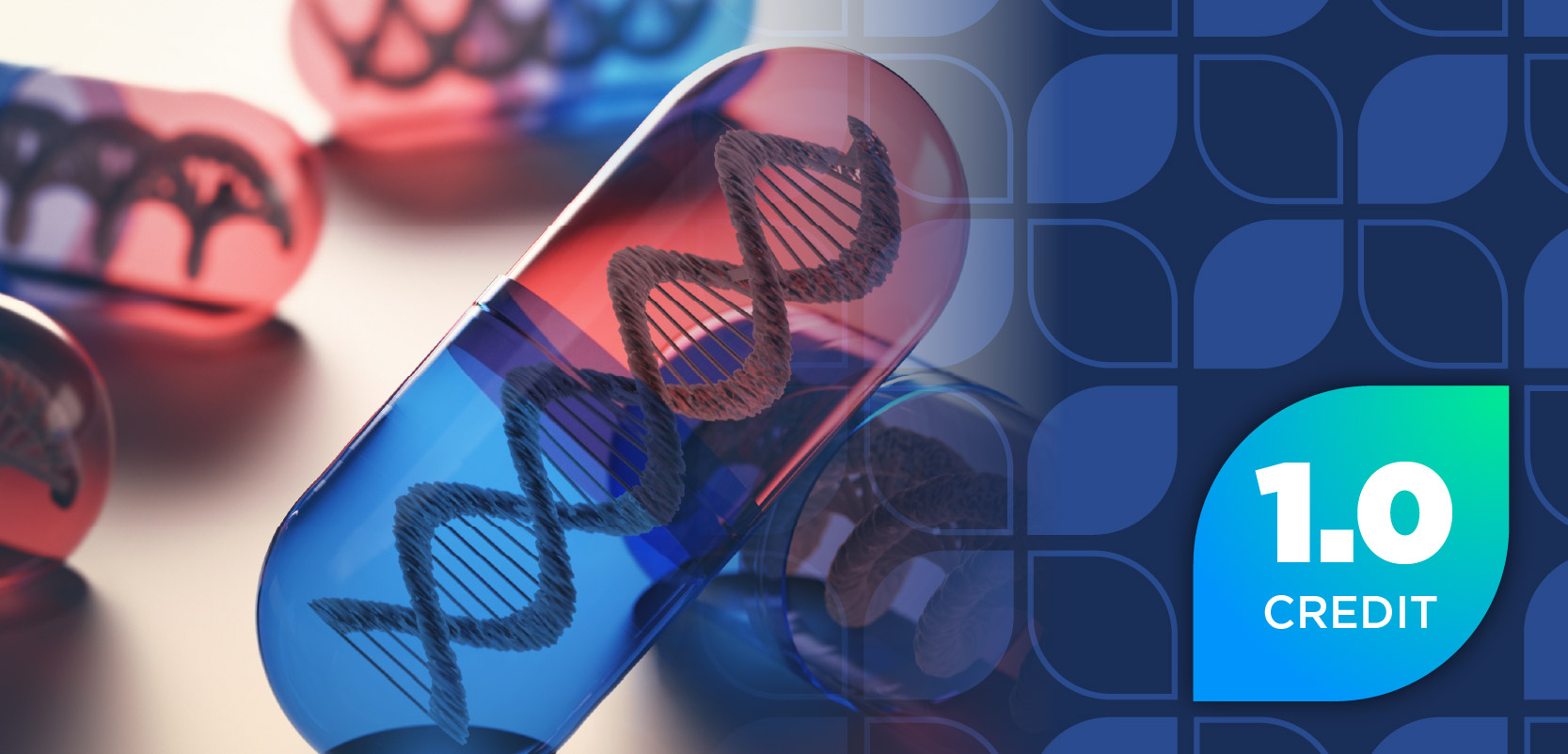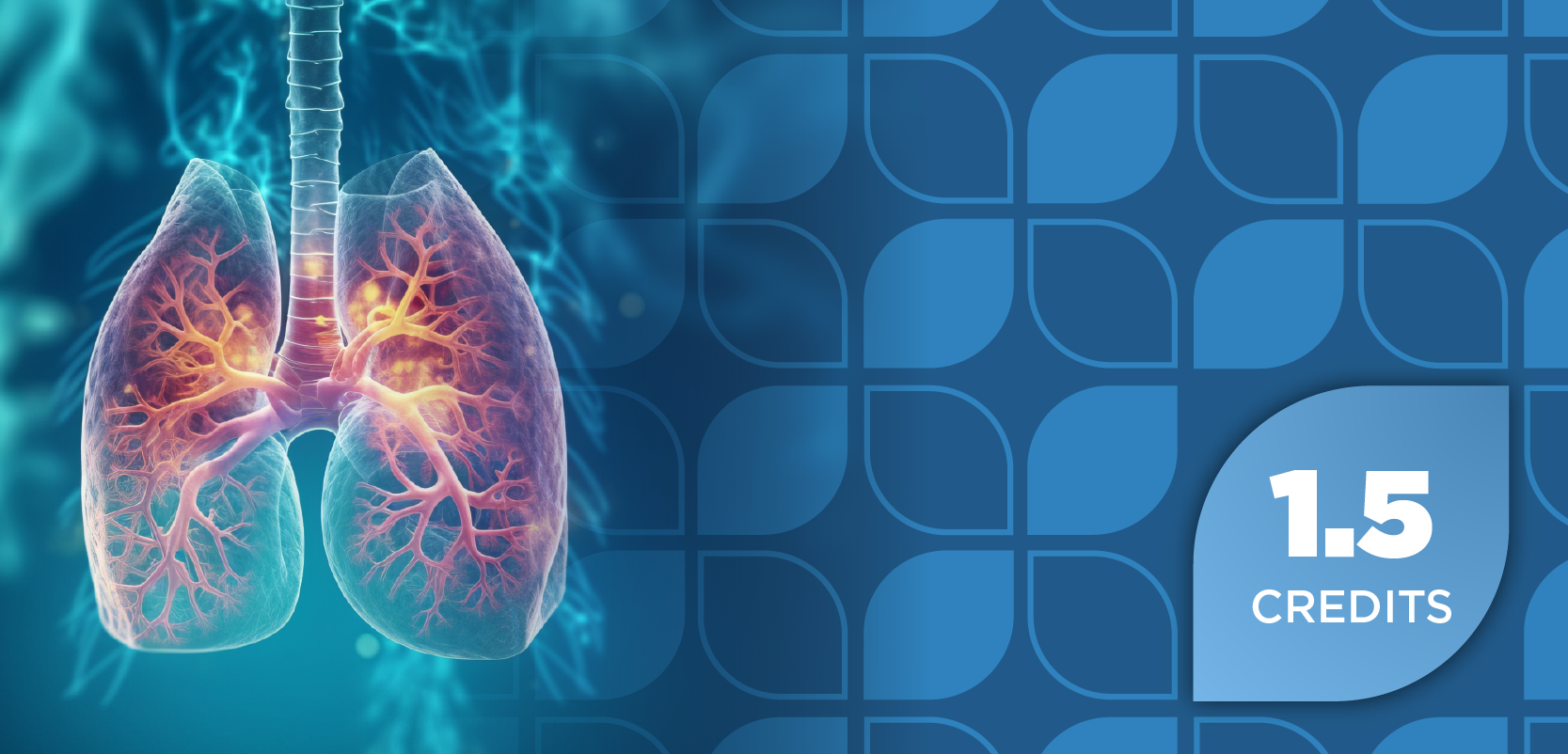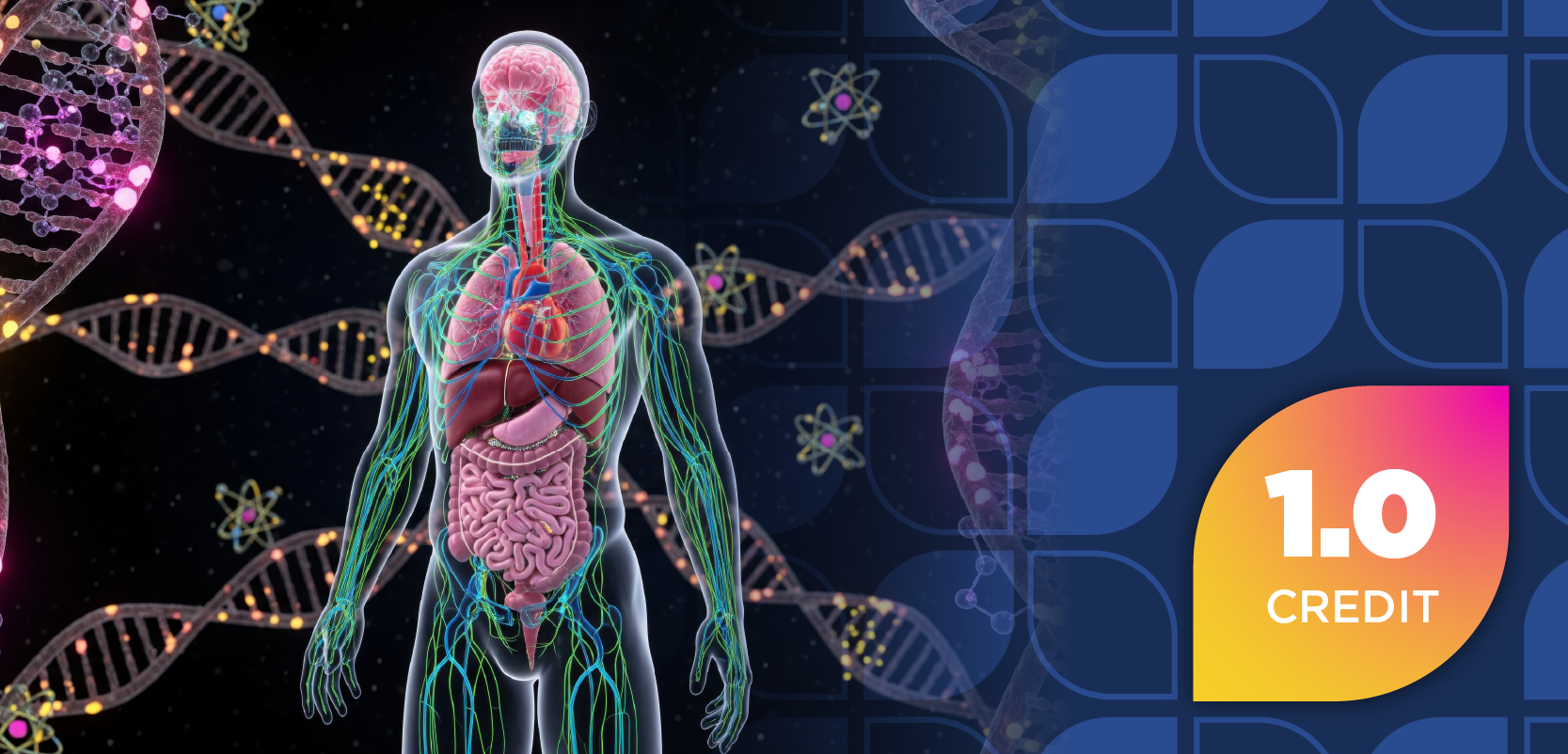
Clinicians Should Monitor Diarrhea As Symptom of C. difficile Infection, Antibiotic Resistance in Infants
Clostridioides difficile infection can be difficult to treat, but increasing disease awareness can improve screening and treatment outcomes.
Clinicians should be aware that diarrhea can be a significant indicator of Clostridioides difficile (C. difficile) infection (CDI) in infants and young children, according to a clinical literature review published in Gut Pathology. The current literature supports antibiotic use as a first line treatment of CDI for children, but it’s also important to rehabilitate the intestinal microbiota with healthy bacterium, which may also reduce the incidence of antibiotic-associated diarrhea.
“New antibiotics may further disrupt intestinal microbiota, with approximately 25% of patients experiencing relapses within 4 weeks after antibiotic treatment,” the study authors wrote. “[But] several studies have shown that probiotics reduce the incidence of antibiotic-associated diarrhea.”
C. difficile (C. diff) is a Gram-positive anaerobic bacillus caused by protein toxins A (tcdA) and B (tcdB). The US Centers for Disease Control and Prevention call CDI an “urgent threat” to human health. C. diff historically spreads in health care settings and hospitals, but there are growing rates of community-borne illness in low-risk populations, such as non-hospitalized children.
Investigators presented a case study of a 1-month-old female with CDI to discuss the pathology and treatment of CDI and improve clinical awareness. Data were collected from the Wanfang Data, China National Knowledge Infrastructure, and the Biomedical Literature Database.
The infant patient was screened for CDI due to symptoms of diarrhea, abnormal stool routine examinations, and other abnormal biomarkers. She was treated with intravenous norvancomycin for 12 days to reduce diarrhea. At discharge, the patient received oral norvancomycin, which is an analogue of vancomycin, and probiotic consolidation therapy until she developed normal stool frequency.
Investigators said they can draw many conclusions from this case study. First, clinicians should consider a patient’s clinical history and laboratory tests prior to diagnosing the patient with CDI. However, CDI can be difficult to diagnose because the most common symptom, diarrhea, is commonly associated with various diseases.
Broad-spectrum antibiotic treatment reduces beneficial bacteria in the intestines, which can exacerbate the growth of C. diff and lead to reinfection. To reduce this risk, clinicians should repopulate the intestines with the beneficial bacteria Firmicutes and Lactobacillus. The latter is used in probiotics and reduces inflammation, improves immune function, promotes strength of the intestinal barrier, and reduces production of toxins A and B.
Further, clinicians should continue to monitor clinical symptoms and recurrent diarrhea during and after therapy. In the case study, the patient needed to extend antibiotic treatment from 1 to 3 courses because laboratory tests continued to be positive for C.diff, and she experienced recurrent diarrhea.
Finally, investigators observed that caesarian section birth may be a greater risk factor of CDI compared with traditional birthing methods. The highest rates of childhood C. diff occur in infants aged younger than 12 months. They may present common symptoms such as pseudomembranous colitis, toxic megacolon, and clinically significant diarrhea when other causes have been ruled out.
“In summary, based on the literature review and this case report, clinicians should … pay attention to diarrhea caused by C. difficile in infants and young children,” the study authors wrote.
Reference
Li Z, Dong N, Hao J, et al.Clostridioides difficile infection in infants: a case report and literature review. Gut Pathog. 2023; 15: 31. Published online 2023 Jun 29. doi: 10.1186/s13099-023-00552-1
Newsletter
Stay informed on drug updates, treatment guidelines, and pharmacy practice trends—subscribe to Pharmacy Times for weekly clinical insights.









































































































































































































